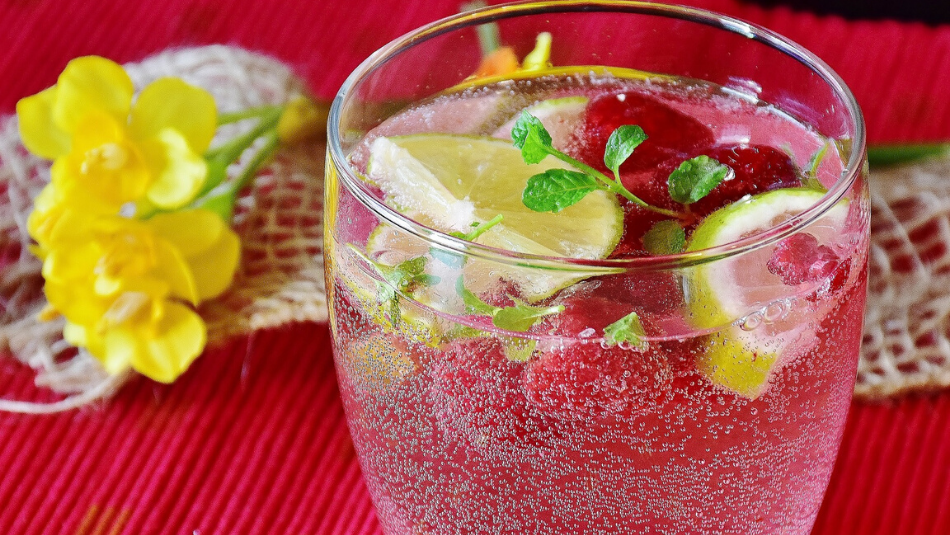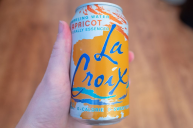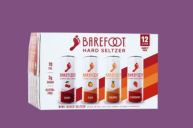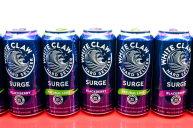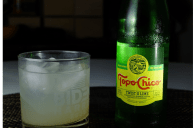Ever find yourself before a cooler of beverages at the grocery store, eyeing a dizzying array of different types of fizzy waters wondering what the difference is? Sure you know that tonic pairs well with gin, and a refreshing sparkling water adds a little bubbly to your day, but do you know what the real differences are between tonic vs seltzer or other fizzy beverages?
Videos by Wide Open Country
If you can't figure out soda from seltzer when it comes to these carbonated drinks, we can help you set your sips straight. We've served up a complete guide to tonic vs seltzer vs soda vs mineral water.
You can drink all of these different types of fizzy waters as is, though, except for mineral water, most of them are usually mixed with some other liquid. Everyone is familiar with gin and tonic or vodka tonics, but more bartenders are using flavored sparkling water to add both carbonation and another layer of flavor to their drinks.
Sit down restaurants may offer you a choice of still or sparkling water; usually they serve mineral water, but some restaurants are also making their own fizzy water these days.
Here is our complete guide to all the different kinds of bubbly water.
Seltzer
https://www.instagram.com/p/B6lwss4FRXF/
The biggest difference between tonic vs seltzer is that basic seltzer has no taste. Simplicity is the formula for seltzer: Water + carbon dioxide = carbonated water. Unadorned apart from carbonation, seltzer is flavorless, but refreshing. If you're looking to add some bubbles to your cocktail of choice but don't want to interfere with taste, seltzer water is the choice for you.
Homemade seltzers from carbonation kits like SodaStream are popular amongst the do-it-yourselfers out there.
Flavored Seltzer
Plain old seltzer is delicious on its own (and in your favorite cocktails), but sometimes you wanna shake that drink up with some flavor.
Although typically fruit-based, the flavorings for seltzer comes in a huge variety of tastes. Polar brand, in particular, is known for its bizarre seasonal offerings. In the past, Polar's lineup has featured ambiguously named flavors like Unicorn Kisses, Mermaid Songs, and Yeti Mischief. Another popular brand of flavored sparkling water is La Croix. And, of course, you can create any kind of flavor you like with the DIY seltzers.
Club Soda
Club soda takes one step further than seltzer by adding salt to the carbonation. The addition of this base pH element, typically Sodium or Potassium Bicarbonate, mimics the taste of mineral water and balances out the acidic effect of carbonation.
You'll find an array of club soda brands in your average grocery store; Schweppes and Canada Dry are two popular national brands. Most chain grocery stores sell their own brands, as well. For those with more discerning water palates, artisanal club sodas marketed specifically as cocktail mixers can often be found in liquor stores.
Sparkling Mineral Water
This is the broadest category, but also the only one with explicitly stated criteria. The FDA defines mineral water as "containing not less than 250 ppm total dissolved solids that originates from a geologically and physically protected underground water source".
Mineral water includes both flat and carbonated varieties. While carbonation is a naturally occurring process in some underground springs, most sparkling mineral waters have carbonation added pre-bottling.
Mineral waters are the only sparkling water with a natural flavor. Each natural spring's unique mineral composition results in a slightly different taste. Generally speaking, mineral water possesses an earthier, baser quality than other sparkling waters.
Perrier and San Pellegrino are two of the most well-known sparkling mineral water brands; order sparkling water at a restaurant and one of these brands are what you will most likely get. Topo Chico, a mineral water largely exclusive to Texas, is a regional and bartender favorite.
Tonic Water
Not water in the strictest sense, tonic water has as much in common with soft drinks like Coke or Pepsi as it does with seltzer or the other sparkling waters on this list.
The ingredient that makes tonic water unique is quinine, which comes from the cinchona tree. Traditionally sipped as cure for malaria disease (putting the tonic in tonic water), quinine has since found enduring use as a mixer in cocktails. Don't count on your gin and tonic healing anything that ails you other than thirst, however. The quinine in your cocktail is diluted significantly.
If you've ever accidentally taken a swig of tonic water expecting seltzer or club soda, you definitely noticed your mistake. Tonic vs seltzer or soda has a distinctly bitter taste, though that taste is often masked by sugar or high-fructose corn syrup.
This article was originally published on January 16, 2018.
